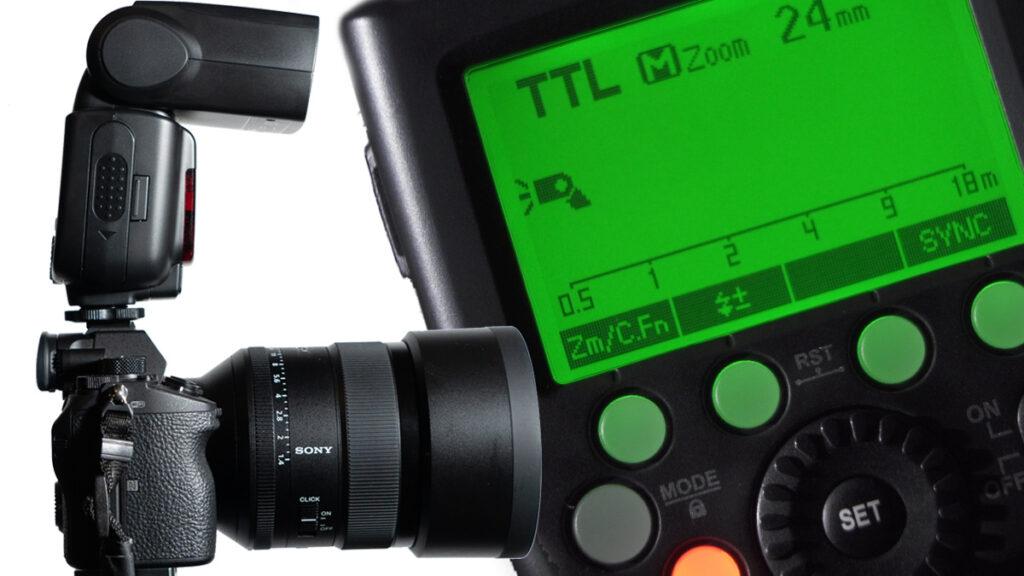Photographers know that creating a properly exposed image requires balancing three main exposure settings: ISO, shutter speed, and aperture. The optimal combination of these settings is based on the lighting conditions in your scene. But most people can’t just look at a scene and know exactly what settings to use. Even an experienced photographer’s guess would likely be off by a stop or two.
So how do photographers know what settings to use?
Well, instead of guessing, photographers use electronic light meters. These meters measure the light in a scene and suggest the settings to use on your camera to achieve a good exposure. Some photographers like to use external meters (which are still very handy for flash photography), but most cameras these days have built-in light meters. These light meters are fairly accurate, as they measure the light in the scene as it’s projected through the lens of the camera. That’s where we get the initials TTL; TTL stands for through the lens metering.
In certain modes, your camera will use the data from its internal light meter to calculate and adjust one or more of the exposure settings for you automatically. Alternatively, you can use the metering to help make decisions on how to adjust some of the settings manually.
There are actually two types of TTL metering; your camera can measure ambient/constant light as well as flash/strobe lighting. With a compatible TTL-enabled flash, your camera can help determine and control the amount of light the flash emits in a scene.
How does the camera know how much light the flash needs to emit for proper exposure?
When you press the shutter button, the camera tells the flash to fire and to emit a preflash, before the shutter actually opens. Think of the preflash as a lower-powered “test” flash. Using TTL (for flash), the camera measures the effect of the preflash on the scene and instantly calculates how much light the flash needs to emit for the actual exposure. As the shutter opens the flash fires at the calculated power setting.
All of this happens so fast as the shutter button is pressed, the flash only appears to fire once.
TTL makes flash photography really easy. But it’s not a perfect solution. Depending on the situation, the combination of ambient light and flash, or other factors, might cause TTL to underexpose, or overexpose, the image. Fortunately, correcting the flash output is easy enough using flash exposure compensation (FEC). This is a control located on your camera and/or flash that allows you to shift the power up or down as needed when using TTL. Regular exposure compensation (EC) can help with ambient light exposure adjustments.
Given all that, you should also be aware that many photographers only use TTL for fast-paced work or when using on-camera flash. In my case, I don’t use TTL for most studio portraiture. But I will use it for on-camera flash.
How do you use TTL?
There are many ways to use TTL for flash. The simplest is to set your camera and flash to TTL mode and set your camera to the green, or fully automatic, mode.
But TTL will work with other camera modes, even manual mode. In manual mode, you are still in full control of ISO, aperture, and shutter speed. Just keep in mind that you’ll have to keep your shutter speed within the range that can be used with flash. In some cases, this is around 1/250 sec., but with high-speed sync (HSS) 1/8000 sec. is possible.
Also, TTL isn’t limited to on-camera flash applications; you can use it with wireless flash control (off-camera flash) and with multiple flash units all operating in different groups and power settings.
Here’s one of my flash instructionals from 2017. This features references to DSLRs but the flash and camera settings are relevant for this discussion:
Loved this tip? Here's something else you might like:
👉 Free 10-Min. Guide to Off-Camera Flash, Quickstart Bundle


